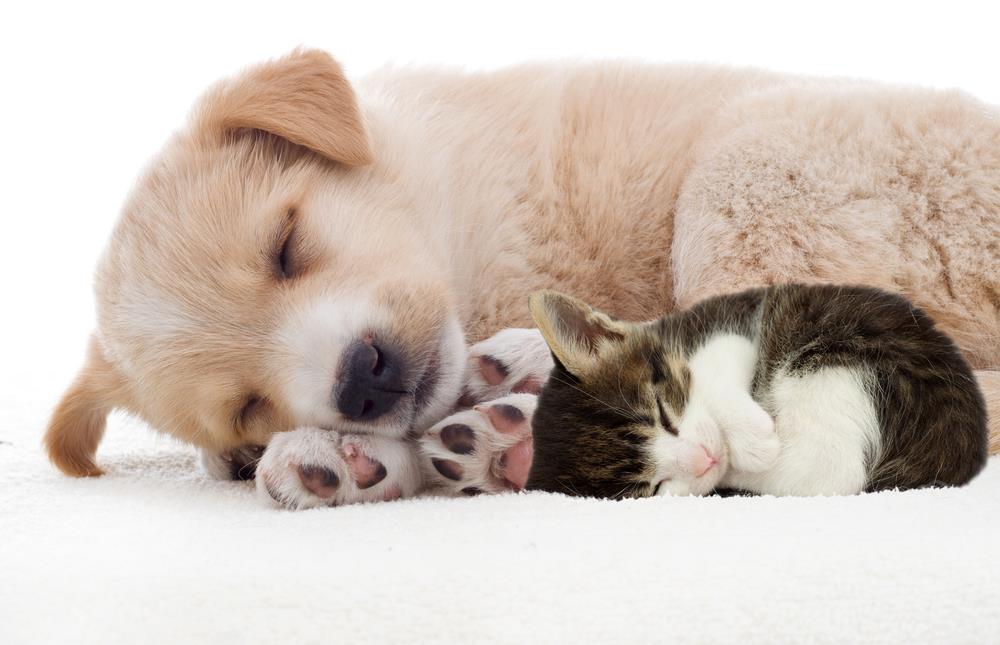Animals, just like us humans, have their own unique sleep patterns. These patterns are dictated by their species-specific needs and environment. While humans have a consolidated sleep period, many animals have polyphasic sleep, sleeping multiple times in a 24-hour period. This is often due to their need for vigilance against predators or for foraging.
The Dreaming Phase in Humans
As we drift into sleep, we cycle through different stages, including REM (Rapid Eye Movement) sleep. It’s during this stage that most dreaming occurs. Our brains are active, creating vivid dreams, while our bodies are in a state of temporary paralysis to prevent us from acting out these dreams.
Do Animals Dream Like Us?
While it’s difficult to confirm through scientific means, many researchers suggest that animals do dream. Just like humans, animals experience REM sleep, and observations suggest they may be dreaming during this stage. For instance, dogs often exhibit twitching paws and whimpers during REM sleep suggestive of dreaming. However, until we can communicate directly with animals, the content of their dreams remains a mystery.
Understanding Different Sleep Stages in Pets
Just like humans, pets move through various sleep stages. The primary stages are Rapid Eye Movement (REM) sleep and Non-REM sleep. In Non-REM sleep, your pet’s body repairs itself and builds energy for the day to come. Conversely, REM sleep is when pets dream, and it’s a critical stage for their brain development and learning.
Comparison of Sleep Stages in Humans and Pets
Interestingly, the difference between human and pet sleep lies in the time spent in each stage. Humans spend approximately 25% of sleep in the REM stage, while pets, particularly dogs and cats, spend only about 10%.
Introduction to Rapid Eye Movement (REM) Sleep in Pets
During REM sleep, pets might twitch, move their paws, or even ‘run’ in their sleep. This is completely normal and is a sign that your pet is in a deep stage of sleep. REM sleep is crucial for your pet’s mental health, similar to humans. It’s a stage where they consolidate memories and experiences.
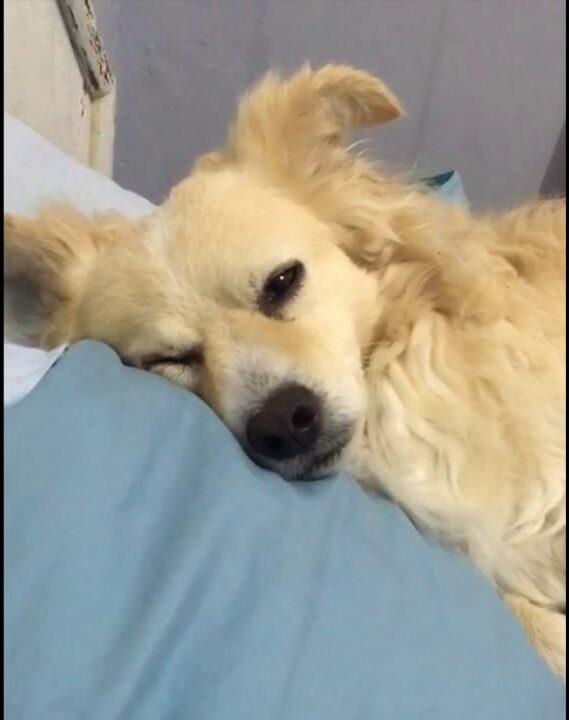
Do Pets Dream? Unearthing the Science
Scientifically speaking, there’s mounting evidence to suggest that pets do dream. According to research from Harvard University, animals exhibit the same brain waves during Rapid Eye Movement (REM) sleep as humans do, indicative of dreaming.
Deconstructing REM Sleep in Animals
REM sleep, a critical stage of the sleep cycle, is closely associated with dreaming. During REM sleep, brain activity increases and dreams occur. This phase of sleep has been observed in many mammals, including our beloved pets. A study conducted by the National Institutes of Health (NIH) found that cats, dogs, and other pets exhibit similar sleep patterns to humans, including REM sleep, reinforcing the belief that they likely experience dreams.
Observations from Pet Owners
Anecdotal evidence from pet owners adds another layer of support. Many have observed their pets seemingly acting out their dreams, displaying behaviours such as twitching, whimpering, or running in their sleep. While these observations aren’t definitive proof, they certainly suggest the occurrence of dreams in our pets.
Do Pets Dream Like Us?
It’s an intriguing question that has piqued the curiosity of animal lovers and scientists alike: what do pets dream about? Studies on animal sleep patterns suggest that just like humans, pets enter a stage of sleep characterised by rapid eye movement (REM), typically associated with dreaming.
Understanding Pets’ Dreams
While we can’t ask our pets about their dreams, experts hypothesise they’re likely a reflection of their daily experiences. Dogs might relive chasing a ball in the park, while cats may dream of hunting. These activities are closely tied to their instinctive behaviours, which can shed light on the content of their dreams.
Behaviour and Dreams: A Possible Correlation
Interestingly, some research suggests a potential correlation between pets’ behaviours and their dreams. Observing your pet during their sleep might provide some insight into what they could be dreaming about.
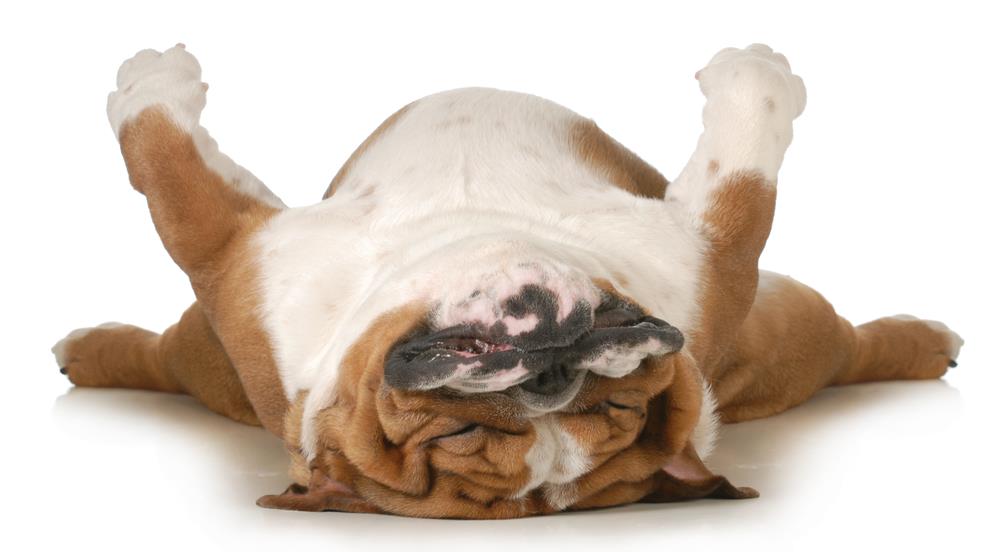
While we may not know the exact content of our pets’ dreams, ongoing research continues to provide fascinating insights into the sleeping minds of our four-legged friends.
Can Pets Have Nightmares?
Just as we experience vivid dreams during sleep, our pets can also have a similar experience. Although they can’t convey their dreams to us, observations and studies suggest that pets indeed dream, and thus, could potentially have nightmares.
Indications of Nightmares in Pets
Identifying nightmares in pets can be challenging. However, some signs include twitching, whimpering, and sudden waking with signs of fear or anxiety. It’s important to note that these are only potential indicators and not definitive proof. If you observe these behaviours in your pet, consult with a veterinarian to rule out any health issues.
- Twitching: During REM sleep, pets might twitch excessively indicating they may be having a distressing dream.
- Whimpering: Pets may make distressing noises in their sleep, which might suggest a nightmare.
- Anxiety upon waking: Pets may appear anxious or scared after waking abruptly, a potential sign of a bad dream.
In conclusion, while we can’t definitively state that pets experience nightmares, observations and studies suggest it’s a possibility. As pet owners, it’s essential to monitor our pets’ sleep patterns and consult professionals for any concerns.
The Importance of Sleep for Your Pet’s Health and Wellbeing
Sleep plays a significant role in your pet’s health and wellbeing, much like humans. Sleep deprivation can lead to behavioural changes, decreases in immune function, and overall health deterioration. To ensure a good night’s sleep for your pet, there are several factors to consider.
Tips for Ensuring a Good Sleep Environment for Your Pets
- Ensure the sleeping area is quiet, dark, and comfortable. Comfortable pet beds can promote better sleep.
- Keep a consistent sleep schedule. Pets, particularly dogs and cats, thrive on routine.
- Limit disturbances. This includes loud noises and sudden light changes.
Impact of Diet and Exercise on Your Pet’s Sleep Quality
A balanced diet and regular exercise can significantly improve your pet’s sleep quality. Obesity in pets can lead to sleep disturbances and health issues. Regular exercise helps regulate your pet’s sleep-wake cycle and promotes deeper sleep.
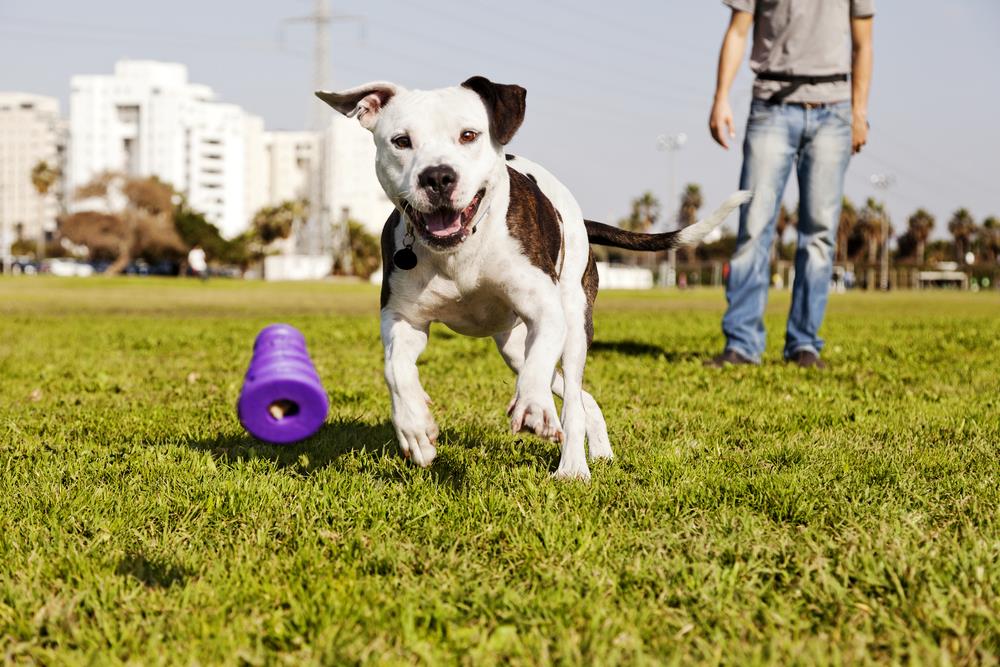
Common Sleep Disorders in Pets
Just as humans grapple with sleep disorders, our pets are not immune either. Pets, particularly dogs and cats, can suffer from a range of sleep disorders including insomnia, sleep apnoea, narcolepsy, and restless leg syndrome. Studies have indicated that factors such as age, breed, diet, and overall health can contribute to such conditions.
Symptoms and Potential Causes of Sleep Disorders in Pets
Identifying sleep disorders in pets can be a challenge. However, symptoms like excessive daytime sleepiness, difficulty in breathing while sleeping, frequent awakenings, and changes in sleep-wake cycle may indicate a sleep disorder. These disorders can be induced by various factors, from physical health conditions such as obesity to psychological issues like anxiety and stress.
Treatment and Prevention of Sleep Disorders in Pets
Effective treatment of sleep disorders in pets often involves addressing the underlying cause. This may mean dietary changes, medication, or behavioural therapy. Regular exercise and maintaining a consistent sleep schedule can also help prevent sleep disorders. It’s essential for pet owners to consult with a veterinary professional for accurate diagnosis and treatment.
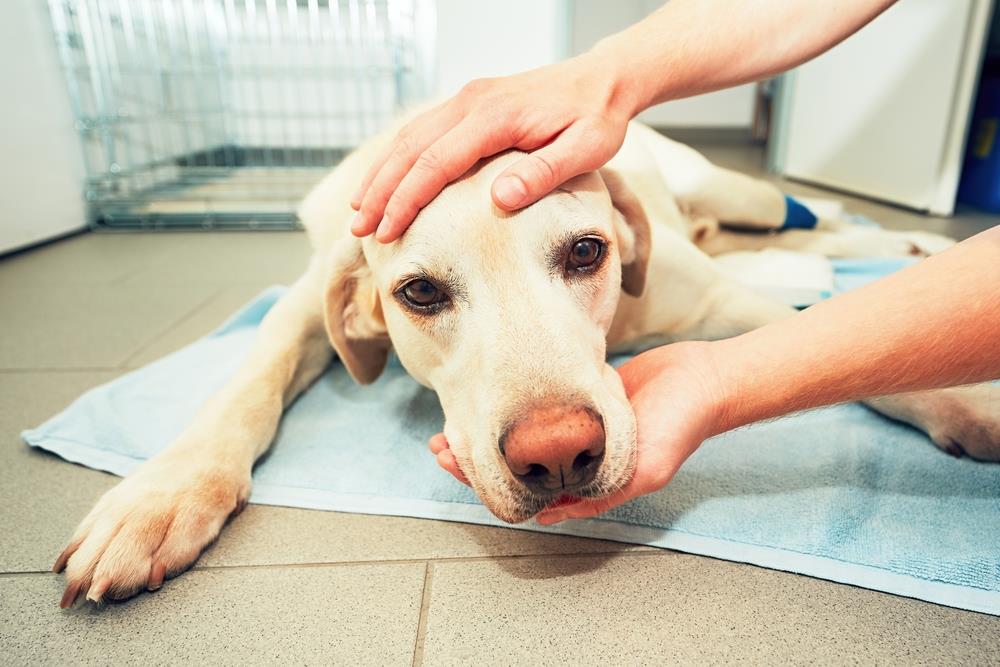
Conclusion: Pets and Their Dream World
Throughout our exploration of our pets’ slumber, we’ve unearthed some fascinating insights. Pets, like humans, experience distinct stages of sleep, including REM sleep, during which dreams occur. Moreover, their dream content seems to mirror their daily experiences, much as ours do.
Understanding our pets’ sleep patterns and dreams can deepen our bond with them, offering insights into their mental and emotional world. It’s crucial, however, to remember that much about this topic remains shrouded in mystery. Interpreting pet dreams is speculative, and their sleep needs can vary widely.
As pet owners and lovers, we must encourage further research and studies into pets’ sleep and dreams. This will not only enhance our understanding but also potentially help to improve our pets’ well-being. The dream world of pets, it seems, has just begun to be unravelled.

